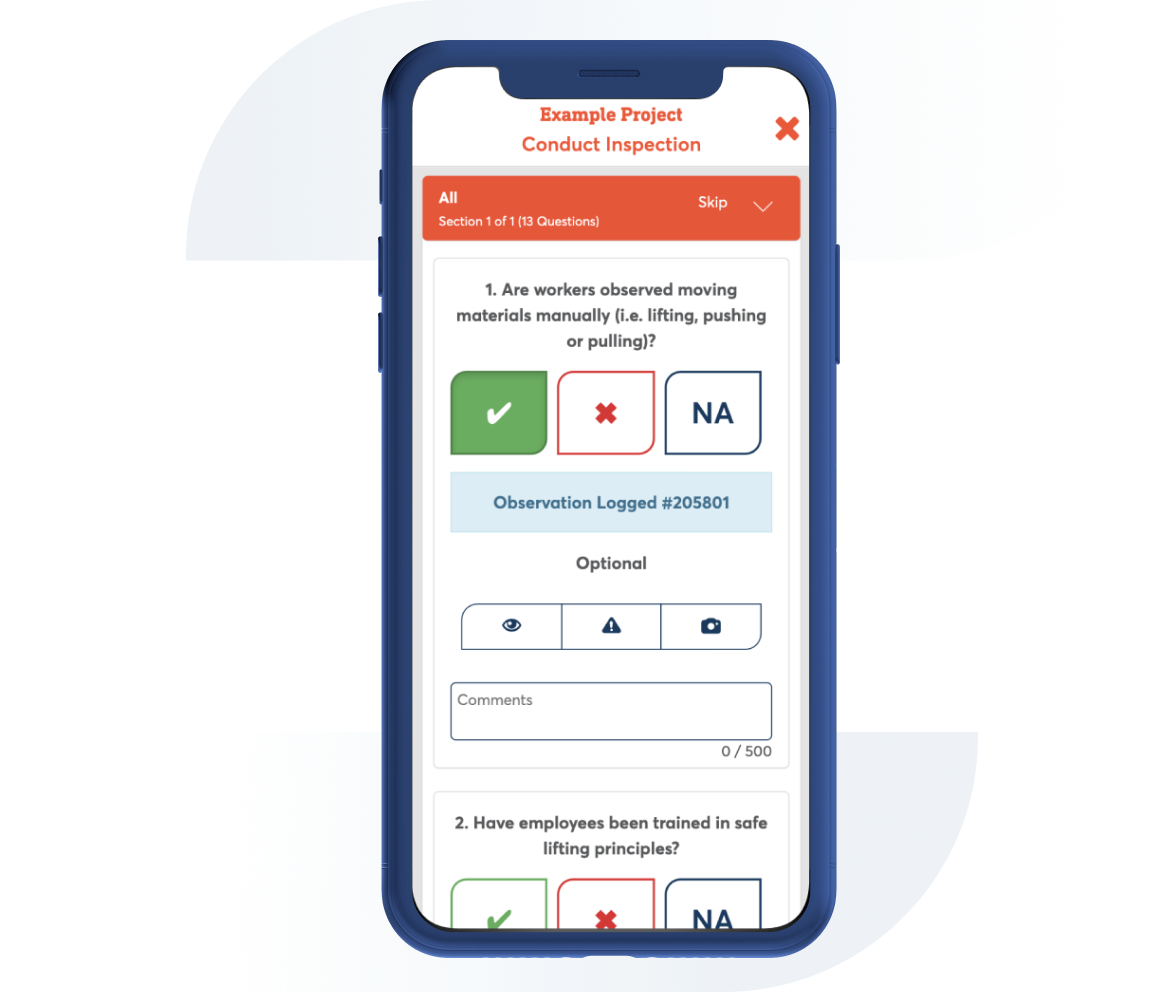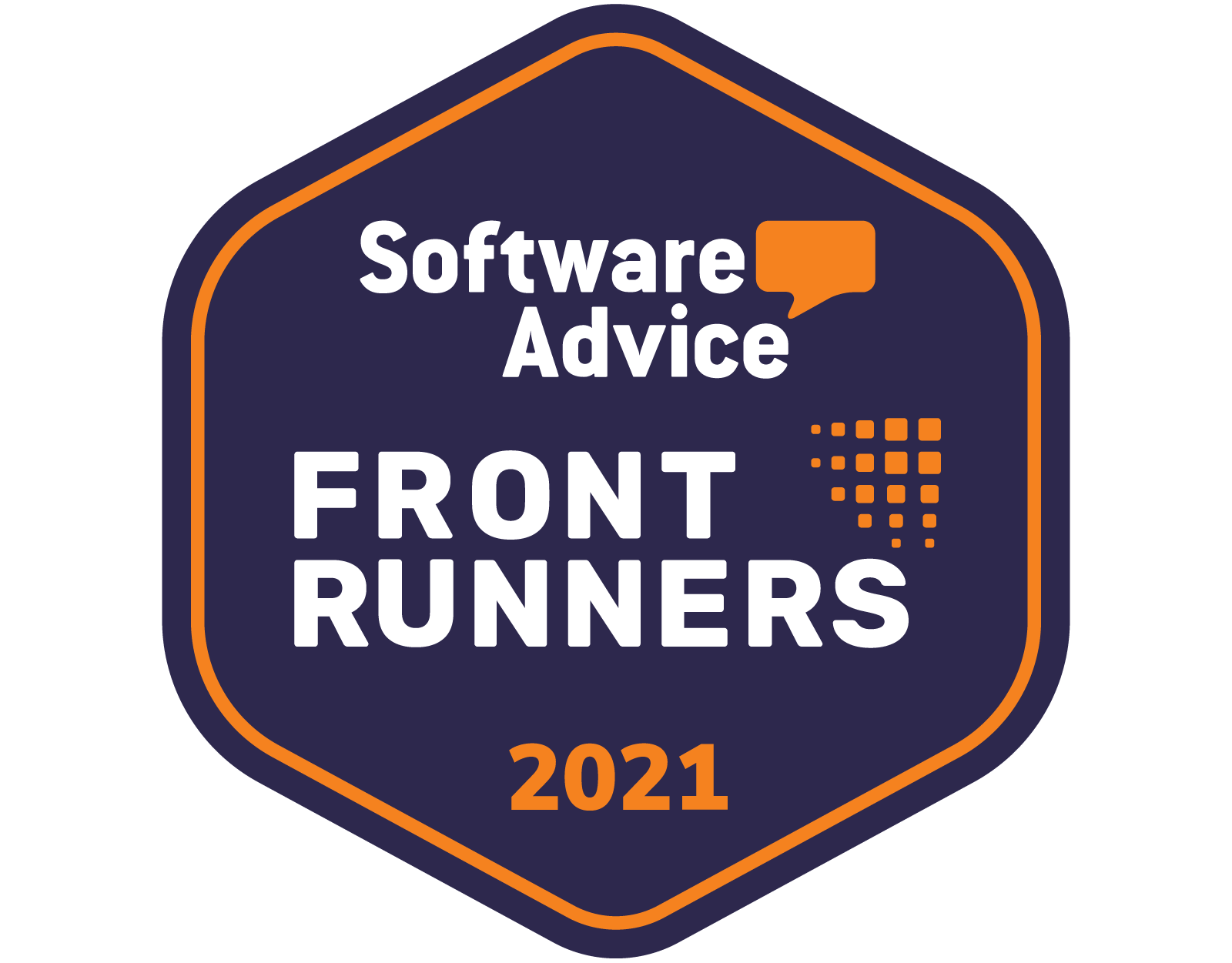DOT Self Audit Checklist
Contributor: Safesite Jurisdiction: DOT
Use this checklist to evaluate your compliance with DOT regulations for driver qualifications, responsibilities and crash rates. Improve overall safety and reduce risk for your business.

Template Preview
1. Is at least one member of management familiar with and has the responsibility for compliance in regards to the Federal Motor Carrier Safety Regulations (FMCSR)?
Actions
2. Does management review the motor carrier’s safety compliance periodically?
Actions
3. Does the motor carrier have a written driver safety training program?
Actions
4. Does your motor carrier have in effect the required levels of financial responsibility coverage for commercial motor vehicles (MCS-90)?
Actions
5. Does the motor carrier maintain copies of vehicle crash reports required by state, other government agencies, and insurers (DOT Accident register / retention requirement 3 years)?
Actions
6. Proof of financial responsibility is maintained at the motor carrier’s principal place of business.
Actions
7. Does the safety manager have the authority to hire drivers or to provide input as part of the hiring process?
Actions
8. Does the safety manager have the authority to terminate a driver or remove the employee from a driving position?
Actions
9. Does the motor carrier have a progressive plan of corrective action for drivers involved in vehicle crashes?
Actions
1. Does the motor carrier have and use driver eligibility standards (criteria) for hiring drivers?
Actions
2. Are the driver eligibility standards more stringent than the regulations outlined in 49 CFR Part 391 Qualification of Drivers?
Actions
3. Are motor vehicle records (MVR’s) obtained on all new hires and compared to the driver eligibility standards? Does the motor carrier allow a driver to operate
Actions
4. Does the motor carrier allow a driver to operate a CMV without valid CDL?
Actions
5. Does the motor carrier have a system to ensure all CDL licenses remain current and valid?
Actions
6. Does the driver qualification file reflect instruction to the drivers regarding their notification of convictions for moving violations within 30 days to the employer?
Actions
7. Does the motor carrier have a system to ensure that all medical exams and certificates of medical exams are valid?
Actions
8. Does the motor carrier verify that the medical examiner used is listed in the FMCSA National Registry Database?
Actions
9. Does the motor carrier have a system to recognize drivers who should be disqualified, which results in the driver’s removal from service and subsequent reinstatement?
Actions
10. Can management list all documents required to be in the driver qualification file? Refer to the Driver Qualification Checklist (addendum) shown on the last page.
Actions
11. Can the motor carrier produce a complete and accurate driver qualification file at random?
Actions
12. Do all drivers hold valid CDL license as vehicle size and commodity transported requires?
Actions
13. Does the motor carrier have a written program / policy in place for drug and alcohol testing?
Actions
14. Are the drug and alcohol policy and training materials provided to drivers and are they acknowledge by proof of driver receipts?
Actions
15. The motor carrier has not used a driver before receiving negative controlled substance test results.
Actions
16. The motor carrier has not used a driver who has refused to submit to a drug or alcohol test required under CFR 49 Part 382.
Actions
17. The motor carrier has not used a driver known to have tested positive for a controlled substance.
Actions
18. The motor carrier has not used a driver known to have an alcohol concentration of 0.04 or greater.
Actions
19. The motor carrier has not used a driver within 24 hours after being found to have an alcohol concentration of 0.02 or greater but less than 0.04.
Actions
20. Can the motor carrier produce copies of pre-employment drug test for all drivers who possess a CDL?
Actions
21. Can the motor carrier produce copies of pre-employment drug test for all drivers who possess a CDL?
Actions
22. Motor carrier supervisors, who are required to perform reasonable suspicion testing have received one hour each of training for drug and alcohol recognition.
Actions
23. The motor carrier can produce the past calendar year summary of all test, with disposition of any driver who tested positive.
Actions
24. The motor carrier conducts post-accident testing on drivers for drugs and alcohol (as outlined in CFR 49 Part 382.303)
Actions
25. The motor carrier has a random drug and alcohol testing program.
Actions
26. The motor carrier conducts random alcohol testing at the minimum applicable annual rate (current rate 10%) of the average number of driver positions.
Actions
27. The motor carrier conducts random drug testing at the minimum applicable annual rate (current rate 25%) of the average number of driver positions.
Actions
28. Do the driver’s qualification files show a complete and accurate investigation of employment history verification and does the documentation exhibit due diligence?
Actions
29. Does the motor carrier require all drivers to report, and do the files reflect documentation of moving violations (annual Driver’s Certification of Violations reviewed by management)?
Actions
30. Do the driver qualification files reflect that the motor carrier has obtained annual MVR’s, and that management has performed an Annual Review of the records (Review MVR’s, accidents, and hazmat violations if applicable)?
Actions
31. Do the files reflect a record of a valid road test or documentation of the equivalent of a road test?
Actions
1. Does the motor carrier operate vehicles in accordance with local, state, and federal regulations?
Actions
2. The motor carrier does not require or permit a driver to drive while under the influence, or in the possession of a controlled substance, or any other substance that would render the driver incapable of operating a commercial motor vehicle.
Actions
3. The motor carrier does not require or permit a driver to drive while under the influence or in the possession of an intoxicating beverage.
Actions
4. The motor carrier does not permit or require a driver to drive without the vehicle’s cargo being properly distributed and secured.
Actions
5. The motor carrier does not schedule a dispatch that would necessitate the vehicle being operated at speeds in excess of the posted speed limit.
Actions
6. Can the motor carrier produce six month of completed driver logs (or time records) and supporting documents for all drivers?
Actions
7. Does the motor carrier require drivers to maintain a recap of their hours-of-service?
Actions
8. Are dispatchers aware of the driver’s available hours prior to assigning a trip?
Actions
9. Does the motor carrier check driver’s logs for accuracy by comparing independent fuel, toll, and miscellaneous receipts?
Actions
10. Does the motor carrier utilize the 100 air-mile exception and are there time cards or records on file?
Actions
11. Does the motor carrier have a system in place to control the driver’s hours-of-service?
Actions
12. Does the motor carrier permit or require a driver to drive after the 14th consecutive hour after coming on duty?
Actions
13. Does the motor carrier permit or require a driver to drive after having been on duty more than 60 hours in 7 consecutive days?
Actions
14. Does the motor carrier permit or require a driver to drive after having been on duty more than 70 hours in 8 consecutive days?
Actions
15. Does the motor carrier require new drivers to provide a 7 day recap?
Actions
16. Does the motor carrier audit for false records of duty status?
Actions
17. Does the motor carrier use a written disciplinary action program to address non-compliance driver’s exceeding the hour-of-service?
Actions
1. Does the motor carrier have a written maintenance policy?
Actions
2. Can the motor carrier produce 14 months of annual inspections for operating equipment (tractors and trailers)?
Actions
3. Does vehicle maintenance have a systematic process for determining when annual inspections are due? If yes, describe process:
Actions
4. Can the motor carrier produce 90 days of valid copies of Driver Vehicle Inspection Reports (DVIR’s) for the CMV’s operated?
Actions
5. Are drivers trained in the proper completion of pre and post trip inspections?
Actions
6. Are drivers trained on how to perform vehicle inspections?
Actions
7. Does vehicle maintenance review the DVIR’s for deficiencies, and do the mechanics sign off on the DVIR’s noting the repairs?
Actions
8. Does management review the DVIR’s for deficiencies, and does management provide feedback or guidance to vehicle maintenance and driver personnel?
Actions
9. Does the motor carrier have a systematic process for monitoring preventive maintenance (PM’s) for tractors and trailers? If yes, describe process:
Actions
10. Does the motor carrier use inspection, repair, and maintenance records for vehicles (repair orders)?
Actions
11. Are vehicle mechanics certified to perform air brake adjustments?
Actions
12. Are vehicle mechanics certified to perform annual / periodic vehicle inspections?
Actions
13. Does the motor carrier maintain copies of state and federal roadside inspections for the previous 12 months?
Actions
14. Does vehicle maintenance or a member of management sign off on the roadside inspections acknowledging the repairs, and is a copy of the inspection returned to the originating state agency within 15 days?
Actions
1. Can the motor carrier produce a current copy of the Hazardous Materials Registration?
Actions
2. Can the motor carrier produce a current DOT security plan?
Actions
3. The motor carrier will not move or transport a vehicle that is not properly marked or placarded.
Actions
4. Are all drivers that affect the safe operation of hazardous materials trained and retrained every 3 years on Hazardous Materials (Documentation on file)?
Actions
5. Are Hazardous Materials shipping papers properly maintained and retained for the specified period of 375 days?
Actions
6. Do all drivers hold valid CDL license and hazmat endorsement as vehicle size and commodity transported requires?
Actions
7. The motor carrier does not accept damage or leaking containers of hazardous materials.
Actions
8. Any incident involving hazardous materials is reported immediately.
Actions
1. This component references the recordable crash rate which a motor carrier has experienced during the past 12 months. To determine the crash rate use the number of recordable accidents (crashes involving death, injured who received immediate medical treatment, or a disabled vehicle that was towed away from the scene due to disabling damage) over the previous 12 months. Divide the number of crashes by number of fleet miles traveled for the same time period. To calculate the accident rate use the formula outlined below: Recordable Accidents X 1,000,000 Total fleet miles traveled for the same time period
Actions
2. If the motor carrier is an urban market carrier (a carrier operating entirely within a radius of 100 air-miles) with a crash rate greater than 1.7 crashes per million miles the component will be considered deficient. If the motor carrier is NOT an urban market carrier with a crash rate greater than 1.5 crashes per million miles the component will be considered deficient.
Actions
1. Are employment applications on file for all drivers?
Actions
2. Are all motor vehicle records (MVRs) on file (within 30 days of hire)?
Actions
3. Does each driver have on file: Road Test or equivalent (Certificate of road test within the past 3 years 391.33 (a) (2), or Copy of CDL and subsequent copies required 391.33 (a) (1)
Actions
4. Have the following been conducted for each driver: Employment / Safety Performance Investigations required within 30 days of hire
Actions
5. Does each driver have on file: Copy of medical certificate or MVR showing that driver is medically qualified
Actions
6. Does each driver have on file: Verification of Medical Examiner
Actions
7. Does each applicable driver have on file: Annual MVR
Actions
8. Does each applicable driver have on file: Annual Review of Driving Record
Actions
9. Does each applicable driver have on file: Annual Driver’s Certification of Violation
Actions
10. Write Comments or Remarks here:

Can't find what you are looking for?
